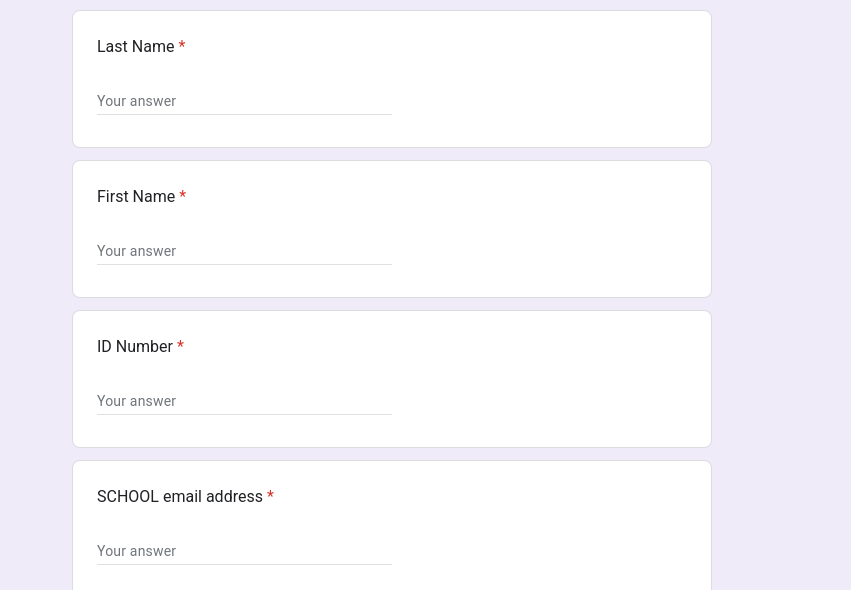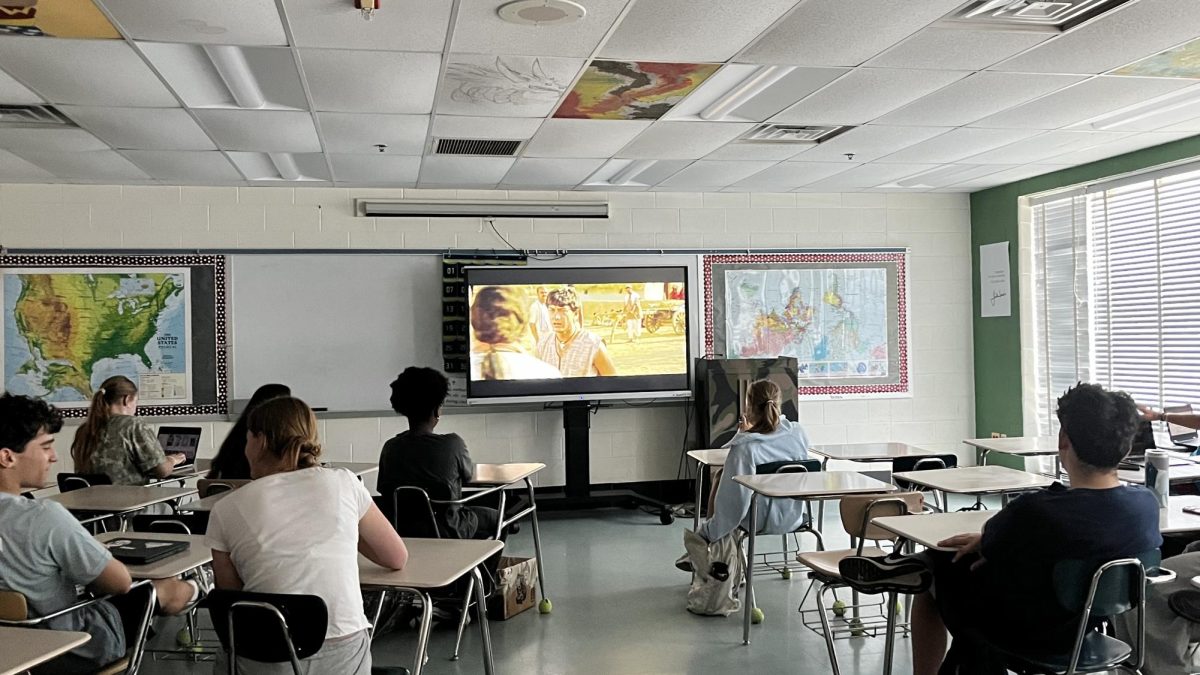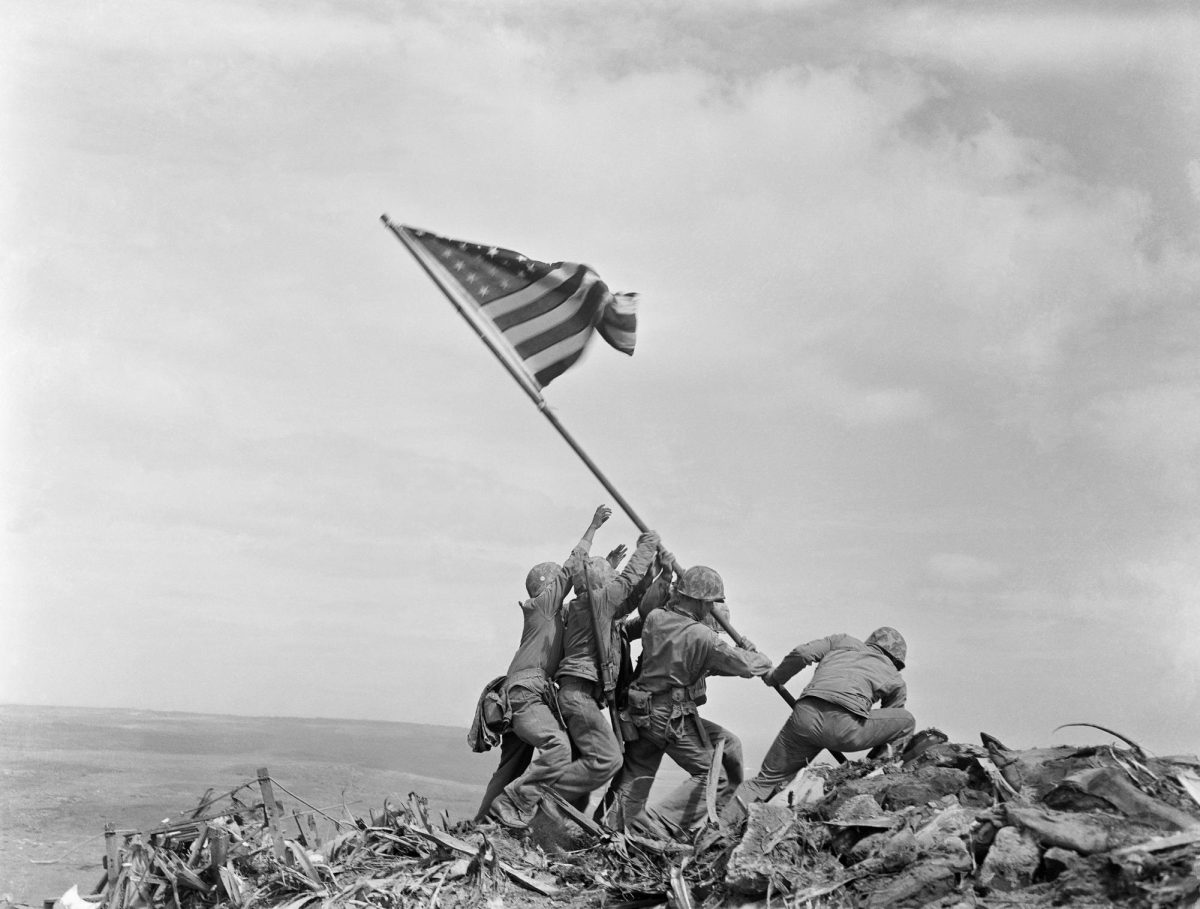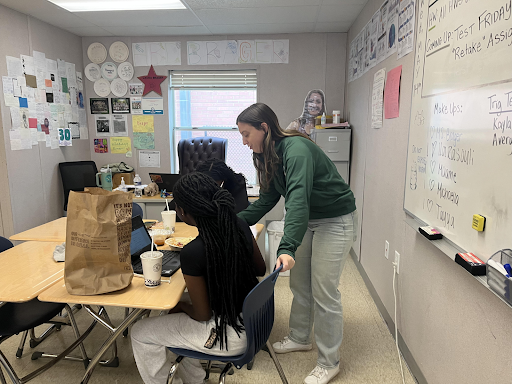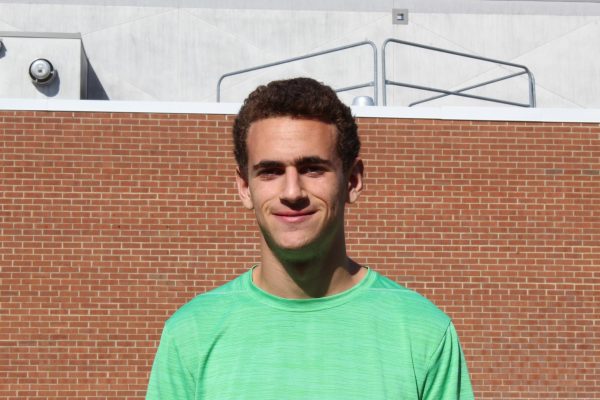Student surveys are used as a means of providing feedback about high schoolers’ experiences. But students commonly describe surveys as too long and unnecessary, which raises the question: are surveys worth it? And what other methods could allow for the flow of student (and staff) feedback to reach the ears of WJ’s administration?
Many students get turned off from surveys that are too long, citing that the length is unnecessary because they can be shortened while maintaining their purpose.
“As long as they are short and they get to the point, I’m alright with filling them out. If they are too long, then I find them annoying,” freshman Theerun Kaliappan said.
Although taking surveys can be annoying, surveys can provide necessary feedback on what students want and need to make their lives at school more worthwhile. The results from surveys are used by school leaders to evaluate what is working well and to identify areas of improvement.
“We’ve made the student voice survey much shorter, and more focused on the things we’re trying to make progress in,” staff development teacher Melanie Schwed said. “So we look at the answers to the questions from our school-improvement plan and see the improvement or the lack of improvement from the year before, and compare that and figure out why that is.”
WJ surveys aren’t the only ones that students end up taking, however. There are also surveys that are mandated by MCPS, the state of Maryland and even the whole country. In addition, teachers from different subjects might assign their own surveys to get a self-evaluation of their teaching. With the overabundance of surveys that are to be completed, students often get tired of the relentless amount being tossed their direction.
“It’s so tough, I totally understand those feelings. It’s exhausting, especially if you don’t feel like it matters, like no one’s reading this,” Schwed said. “So I would say I completely understand the frustration of having so many. The ones that WJ gives are the ones that I think are the most impactful.”
Surveys at school often cover a variety of topics such as interactions with students and staff, workload, stress, grades and tests/quizzes. They often have selections to quantify the extent of how something at school is succeeding or not by providing a statement and asking the taker ‘yes-no’, or ‘agree-disagree’. But sometimes these questions can oversimplify the issues on the table.
“I feel like student surveys are very broad, they aren’t very direct to students and their individual experiences,” junior Mya Andriamalala said. “So when trying to find an issue to the issue that they’re surveying for, it’s kind of difficult to actually make an impact or change. I think surveys should have the option to briefly explain why you answered the way you answered.”
While surveys give good general data, WJ staff members also try to incorporate other means of hearing open ended opinions about how students, families and staff feel at school. Study Circles, for example, is an in-school program that is meant to foster conversation amongst staff and students, as well as to provide a safe space to hear feedback.
“We do up to three or four study circles a year, and that helps us get feedback from staff and from students about what’s going well, what needs to be changed, how you can make changes. So that’s a huge pipeline for student voice to the leadership team at our school,” Schwed said.
Since students at WJ are 3,000 strong, their voices and opinions combined speak volumes. As such, it is important that WJ is listening to students’ wants and needs. Collaboration between the administration and the SGA could be a good way to do this, as these are students who voluntarily represent their peers. The Student Advisory Board is also a great way to channel the student voice.
Like students, administrators and staff members have a lot going on, and can’t always offer as much support to students as they need. As much as WJ’s admin would like to come to students, sometimes students need to be the ones coming to admin. Teachers and administrators want to help, and are willing to help, especially if students are the ones initiating in-person feedback.
WJ’s admin tries their best to listen to what students and teachers think is best for the school that they spend so many hours in. With the continuation of Study Circles and finding new ways to have direct conversations with students, especially with student leaders (SGA), WJ will be able to further accomplish these goals.


